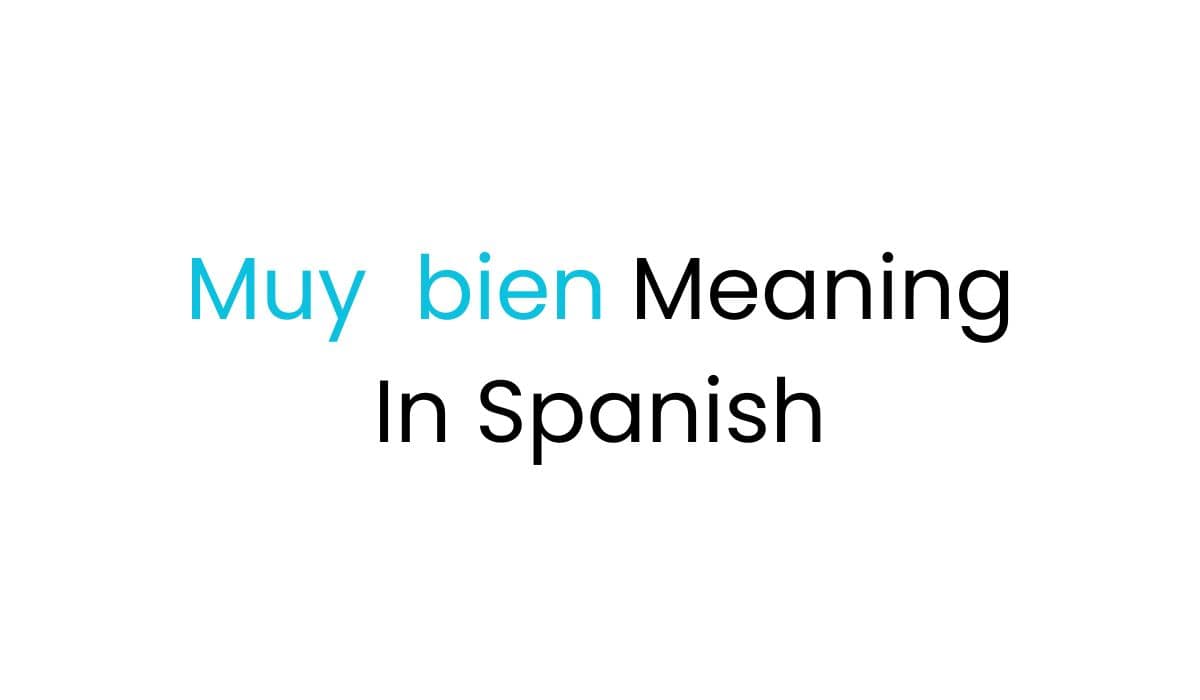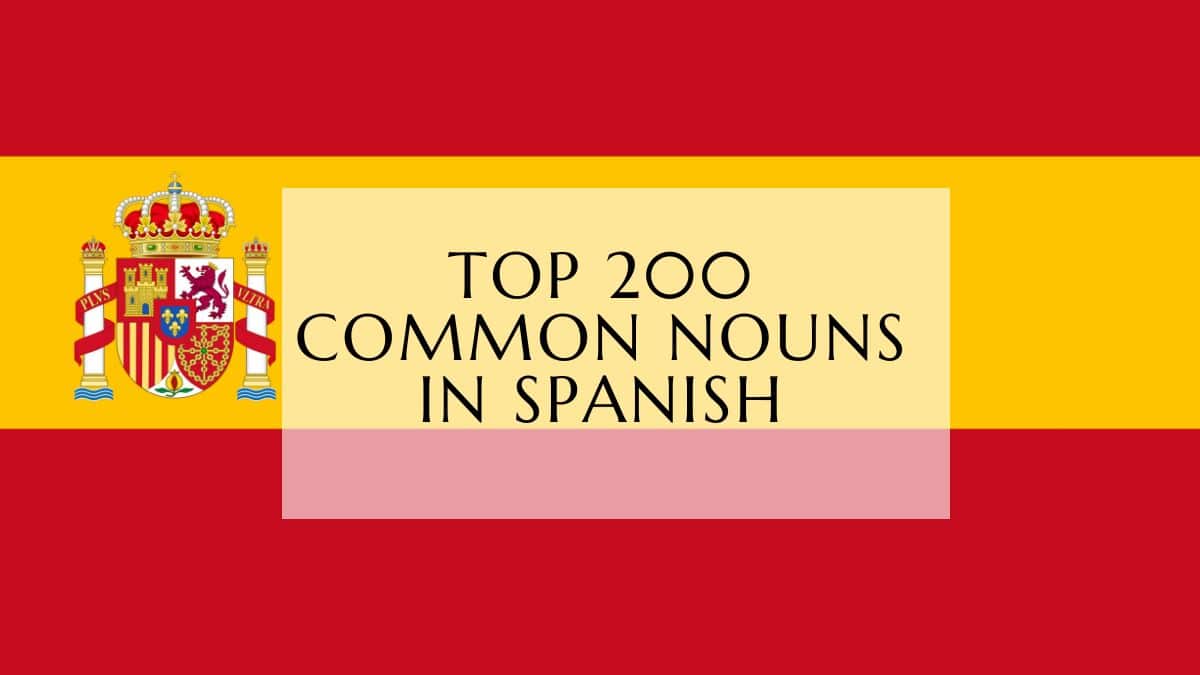Even native English speakers sometimes struggle with the difference between “good” and “well.” This is similar to what Spanish learners face when trying to tell apart “bien” and “bueno.” Though they look and mean somewhat alike, knowing when to use them is key to speaking Spanish well. Learning the difference between “bien” and “bueno” is more than just adding words to your vocabulary. It’s about understanding the complex way adjectives and adverbs work in Spanish. This guide will help you clear up the confusion, making Spanish grammar easier to grasp.

- Understanding Bien vs Bueno: Spanish Grammar Essentials
- Muy Bien and Muy Bueno Examples
- Diving Into "Bien": Unraveling Its Usage in Spanish
- The Versatility of "Bueno" in the Spanish Language
- Apocopation in Spanish: The Shift from Bueno to Buen
- "Bien" and "Bueno" in Action: Real-Life Examples
- Muy bien meaning in Spanish
- Mastering Bien vs Bueno: Practical Tips
- Sharpen Your Spanish Pronunciation and Writing Skills
- Embracing the Journey: Language Learning as a Narrative
Understanding Bien vs Bueno: Spanish Grammar Essentials
Spanish grammar has its tricky parts, like knowing when to use bien and bueno. It’s crucial to understand their roles to speak Spanish correctly.
Distinguishing Bien and Bueno: Adverb vs Adjective
Bien is an adverb that tells us how something is done. On the other hand, bueno and buen (before masculine nouns) are adjectives. They must match the gender and number of the nouns they describe.
Navigating the Complexities of Spanish Language Norms
The Spanish language has a long history, starting in 1492 with the first grammar book. The Real Academia Española (RAE) has guided language standards since then. DeBruyne, Butt & Benjamin, and Batchelor & San José offer great resources for learning Spanish grammar. These include verb forms, noun genders, and how to communicate across cultures.
| Bien (Adverb) | Bueno (Adjective) |
|---|---|
| Describes how an action is performed | Describes the quality or state of a noun |
| Examples: “Ella canta bien” (She sings well), “Hablo español bien” (I speak Spanish well) | Examples: “Es un libro bueno” (It is a good book), “Ella es una persona buena” (She is a good person) |
“Understanding the nuances between bien and bueno is essential for navigating the complexities of the Spanish language and communicating effectively.”
Muy Bien and Muy Bueno Examples
In Spanish, “bien” and “bueno” are key words with many meanings. “Bien” is an adverb that means “well.” “Bueno” is an adjective that means “good.” Adding “muy” to them makes them even more powerful, showing something is really good or well.
For example, “muy bien” makes “well” mean “exceptionally well” or “remarkably well.” “Muy bueno” takes “good” to a higher level, making it “remarkably good” or “exceptionally good.” These phrases are common in Latin American Spanish, adding color and emotion to the language.
- Hablas español muy bien. (You speak Spanish very well.)
- Este restaurante es muy bueno. (This restaurant is very good.)
- ¡Qué película tan muy bien hecha! (What a remarkably well-made movie!)
- Tu dibujo quedó muy bueno. (Your drawing turned out exceptionally good.)
Learning to use “muy bien” and “muy bueno” well can make your Spanish more exciting. It shows you’re really happy, think something is great, or admire something a lot. These examples show how these phrases can make everyday Spanish more interesting.
Diving Into “Bien”: Unraveling Its Usage in Spanish
Understanding how to use bien in Spanish means knowing it can mean different things based on the situation. It can show agreement, happiness, or a good feeling. For example, saying “¡Muy bien, gracias!” when praised shows happiness. On the other hand, “No me siento muy bien” means feeling not so good.
Bien is also used to talk about how well technology works, like in “Mi tablet no funciona muy bien,” which means it’s not working well. It’s common in daily conversations, used to say “¡Bien! ¡Ganamos!” to celebrate winning, or to show excitement in many situations.
Intensifying Adjectives and Adverbs
It’s important to know the difference between bien and bueno. Bueno is an adjective that describes things, like “good” in English. It must match the gender and number of the noun it describes.
Expressing Well-Being and Agreement
Bien is an adverb that makes adjectives and other adverbs stronger. It shows how well something is done or how someone feels. For example, “Me siento muy bien hoy” means feeling very good today. Saying “¡Bien!” means agreeing strongly.
The Versatility of “Bueno” in the Spanish Language
In the Spanish language, “bueno” stands out for its versatility. It’s used from Mexico’s sunny streets to Spain’s lively plazas. Knowing when to use “bueno” is key, as it means more than just “good.”
“Bueno” is an adjective with many roles. It can describe the quality of something, the taste of food, or a person’s character. It’s used to agree, start conversations, or show approval, especially in phone calls.
“Bueno” changes form to match the gender and number of the noun it describes. This shows how the language pays attention to grammar.
It can also mean “tasty,” “useful,” or even “hello,” depending on the situation. Phrases like “ser bueno en algo” (to be good at something) highlight its versatility.
“Bueno” is common in both formal and casual Spanish talk, showing a focus on being positive and polite. It’s found in literature, media, and online, making it a key part of Spanish.
Whether it’s about a person, food, or just saying hello, “bueno” is essential in Spanish. It proves the language’s richness and its ability to express complex ideas simply.
Apocopation in Spanish: The Shift from Bueno to Buen
In the vibrant world of Spanish, bueno is more than just an adjective. It’s a key word in Mexican Spanish, used to agree or start conversations, especially on the phone: “¿Bueno?” Knowing this can help tourism or international trade professionals succeed.
Learning about muy bueno and similar phrases deepens your understanding of Latin American culture and business skills. The word bueno often becomes buen before a singular masculine noun, a process called apocopation.
| Original Form | Apocopated Form | Example |
|---|---|---|
| Bueno | Buen | Buen amigo (Good friend) |
| Malo | Mal | Mal día (Bad day) |
| Grande | Gran | Gran ciudad (Big city) |
Learning the differences between bueno and buen is key to speaking Spanish well. By grasping apocopation, learners can communicate better in various situations.
“Bien” and “Bueno” in Action: Real-Life Examples
Cultural Nuances in Mexican Spanish
In Mexican Spanish, “bien” and “bueno” play a big role. They show the rich culture of the region. These words are often used together but have different meanings that highlight how people talk and connect in Mexico.
“Bueno, ¿qué pasó?” is a common way to start a chat or say hello. It’s more than just a greeting; it brings people together. Saying “Está bien” can mean you agree or you’re okay with something, but it can also show you’re a bit unsure.
Using “bien” and “bueno” in slang is really interesting. Phrases like “Wey” (dude) or “Ese” (buddy) show how these words can mix with local slang. Learning to use “bien” and “bueno” like this can help you connect more with people who speak Mexican Spanish.
| Mexican Slang Term | Meaning | Example Sentence |
|---|---|---|
| Bueno | Used to express agreement, acknowledgment, or a casual greeting | “Bueno, ¿qué pasó? ¿Cómo estás?” |
| Wey | Informal way to address a friend or peer | “Oye, wey, ¿qué onda?” |
| Ese | Informal way to address a friend or peer, similar to “dude” | “¿Qué hay, ese? ¿Todo bien?” |
| Chavo | Informal way to address a younger person, like “kid” or “dude” | “Oye, chavo, ¿quieres ir al parque?” |
Learning how “bien” and “bueno” are used in Mexican Spanish can make you more fluent. It helps you connect with people and appreciate the culture. These words add color and depth to the language, making it more vibrant.
Muy bien meaning in Spanish
“Muy bien” in Spanish means more than just saying something is good. It’s like saying “very” or “really” in English. It’s different from “bueno,” which means good and is used before masculine nouns.
Using “muy bien” can help avoid arguments and show agreement. It’s often linked to positive things like good experiences and getting along with kids. It’s used in many areas, from reducing disaster risks to making businesses and social groups work better.
For example, “very well preserved” or “very well maintained” shows how “muy bien” is used. It can talk about the state of things, how well people or services do, and how well products fit with users. It also means being ready, professional, effective, and accepted in different situations.
In short, the meaning of “muy bien” is more than just saying something is good. It has many positive meanings and helps describe things better. It shows things are working well and fitting well in many areas and industries.
Mastering Bien vs Bueno: Practical Tips
Learning when to use “bien” and “bueno” is key to mastering Spanish. Knowing the difference between the adverb “bien” and the adjective “bueno” can boost your skills. It also helps you connect better with Spanish speakers.
Contextual Cues and Patterns Recognition
To use “bien” and “bueno” right, pay attention to the context and language patterns. Here are some tips:
- Bien is used for actions, states, or how something is done. For example, “Ella baila bien” (She dances well).
- Bueno describes people, things, or situations. Examples are “La comida es buena” (The food is good) and “Ella es una persona buena” (She is a good person).
- Notice how “bien” and “bueno” fit with other words. “Bien” goes with verbs, while “bueno” goes with nouns.
- Learn common phrases like “es bueno” (it is good) and “lo hizo bien” (he/she did it well).
By following these tips, you’ll get better at knowing when to use “bien” and “bueno”. This will improve your Spanish skills and make you more fluent.
| Bien (Adverb) | Bueno (Adjective) |
|---|---|
| Used to describe actions, states of being, or the manner in which something is done. | Used to describe the quality or characteristics of a person, thing, or situation. |
| Examples: “Ella baila bien” (She dances well), “Lo hizo bien” (He/She did it well). | Examples: “La comida es buena” (The food is good), “Ella es una persona buena” (She is a good person). |
Sharpen Your Spanish Pronunciation and Writing Skills
Learning Spanish is an exciting journey that opens up a new world of language. It’s important to understand and use words like ‘bien’ and ‘bueno’ correctly.
To improve your Spanish, start by learning how ‘bien’ and ‘bueno’ are used. Bien means ‘well,’ and bueno means ‘good.’ Knowing this helps you speak Spanish clearly and with confidence.
Language lessons are key to getting better at Spanish. They cover verb conjugations, sentence structure, and how to communicate better. Practicing these skills makes you fluent and confident in Spanish.
Here are some tips to improve your Spanish:
- Listen to Spanish podcasts, watch movies, and listen to music to get used to how native speakers talk.
- Practice speaking out loud to improve your pronunciation and stress.
- Write in Spanish regularly to get better at grammar, vocabulary, and spelling.
- Get feedback from native speakers or teachers to know what you need to work on.
Learning Spanish is a chance to grow and connect with people around the world. With hard work and a love for learning, you’ll get better at speaking and writing in Spanish. This will open doors to new experiences and help you grow personally.
| Statistic | Value |
|---|---|
| Number of Spanish speakers worldwide | 400 million+ |
| Ranking of Spanish as a language by number of speakers | Second, behind Chinese and ahead of English |
| Number of countries where Spanish is the official language | 20 |
| Estimated time for English speakers to reach “professional working proficiency” in Spanish | 24 weeks |
| Estimated time to learn Spanish basics with 15 minutes of study per day | 3 weeks |
“Learning a new language, such as Spanish, can improve memorization skills and help accommodate new knowledge.”
Embracing the Journey: Language Learning as a Narrative
Learning the difference between bien and bueno in Spanish can be tough. These words look and mean similar things, making them easy to mix up. But, they are actually different, each with its own role in Spanish grammar.
Knowing the difference between bien and bueno is key to clear communication in Spanish. Using them correctly helps improve your language skills. This journey of learning Spanish opens doors to richer cultural experiences and better connections with native speakers.
The journey of language learning is not straightforward. It’s a story of growth, resilience, and finding yourself. By facing challenges and celebrating wins, students can keep a lifelong love for languages and explore new cultures. This journey shows how curiosity, hard work, and language skills can change us.
Oualid Cheddadi is the founder of Lingualid, a platform that inspires independent language learners worldwide, regardless of the language they are learning. The name “Lingualid” is derived from the Portuguese word for “language,” “língua,” and the last three letters of Oualid’s name, “Lid.”



